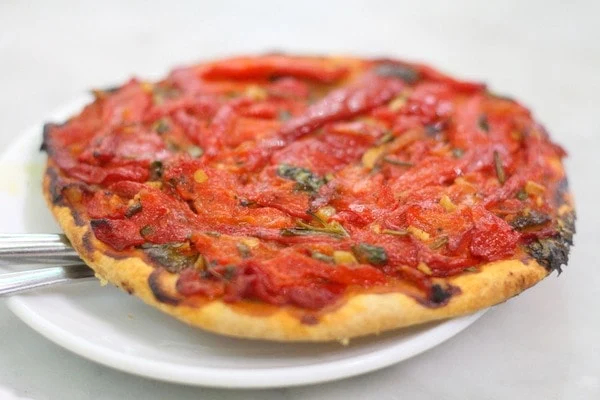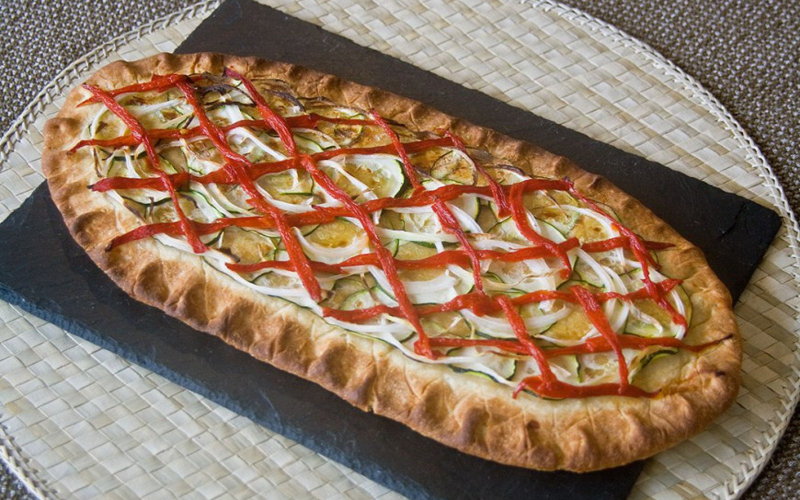Coca Massegada
The coca (plural coques) is a sort of pastry that is popular throughout the Mediterranean. Although its exact beginnings are lost through time, it is considered to have originated from dough left over in kneading troughs. Housewives took advantage of the leftover dough by baking it flat and even dusting it with sugar before serving it as a dessert.
Coques come in a variety of shapes and sizes. 'What sticks out is the great range of the varied shapes,' says Eliana Thibaut I Comalada, a true authority on the subject. They are typically classified as either sweet or savory, as well as open (flat) or closed. The great majority of recipes are for sweet and savory open coques. All of these types are produced in Andorra, Catalonia, the Balearic Islands, and Valencia, employing a variety of ingredients such as beef, fish, vegetables, and even cured meats.
Many holidays and celebrations are associated with sweet coques, such as the traditional Andorran coca masegada. Easter, Christmas, Epiphany (the traditional roscón de reyes bread is a type of coca), and, of course, the coca de Sant Joan, which is a staple of summer solstice celebrations. However, in certain nations, such as Italy, coques have no connection to festivals or religious holidays.
Ingredients
- Eggs, Flour, Anise, Sugar, Milk, A splash of liquor
Instructions
- Add all the ingredients to a large bowl
- Mix with your hands and kneed for a few minutes until you have an elastic dough
- Put the dough back into the bowl and cover with a warm dishcloth. Leave to rise in a warm place for about an hour.
- Roll out the dough to about a half cm thickness, and poke all over with a fork. Paint with olive oil and place on a cookie sheet covered in parchment paper.
- Bake at 400°F for about 10 minutes, until golden.
- Remove and add your favorite toppings. (If you wish you can put back under the burner for a few minutes to warm the toppings, but it's not necessary).












